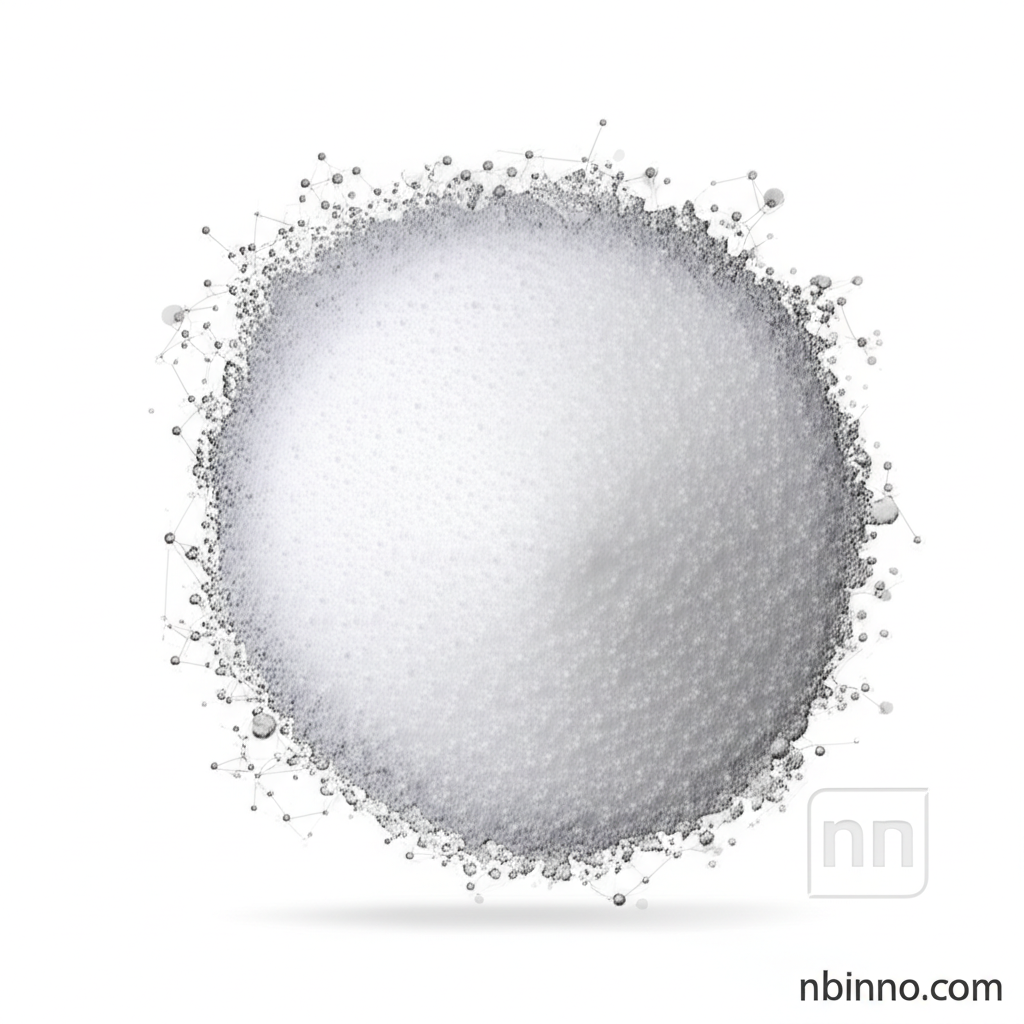Ouabain CAS 630-60-4: Properties, Applications, and Chemical Insights
Exploring the multifaceted nature of Ouabain, from its toxicological profile to its role in biomedical research.
Get a Quote & SampleProduct Core Value

Ouabain
Ouabain (CAS 630-60-4) is a significant cardiac glycoside known for its potent inhibition of the Na+/K+-ATPase. Historically used as an arrow poison due to its toxicity, it also holds potential in medical applications for treating heart conditions. Its chemical structure and properties make it a subject of interest in both pharmacological research and the development of electronic chemicals.
- Delve into the cardiac glycoside mechanism of action and its impact on heart function, understanding the effects of Na K ATPase inhibitor activity.
- Investigate the toxic substance uses of Ouabain and its historical context as an arrow poison, providing insights into its potent biological effects.
- Explore the potential of Ouabain in medical research, particularly for cardiac treatment and managing arrhythmias, leveraging its unique properties.
- Understand the synthesis of Ouabain and its relevance in the field of fine chemical synthesis, contributing to advancements in chemical production.
Benefits of Ouabain
Biomedical Research Tool
The precise interaction of Ouabain with the Na+/K+-ATPase makes it an invaluable tool in biomedical research for studying cellular ion transport and cardiac physiology.
Potential Therapeutic Agent
With a history of use in treating heart failure, Ouabain continues to be studied for its potential in cardiac treatment, offering new avenues for therapeutic development.
Chemical Purity and Quality
Sourced as odorless, white crystals or crystalline powder, Ouabain meets stringent quality standards essential for both research and industrial applications.
Key Applications
Medical Research
Ouabain's role as a Na K ATPase inhibitor makes it crucial for studies investigating cellular signaling pathways and cardiovascular diseases.
Cardiac Treatment
Its efficacy in influencing cardiac contractility positions Ouabain as a potential agent for various heart conditions, contributing to cardiac treatment advancements.
Electronic Chemicals
While primarily known for its biological effects, its classification within electronic chemicals, specifically photoresist chemicals, suggests niche applications in material science.
Pharmaceutical Intermediates
As a complex organic molecule, Ouabain serves as a valuable intermediate in the synthesis of other pharmaceutical compounds, aiding in the development of new drugs.
